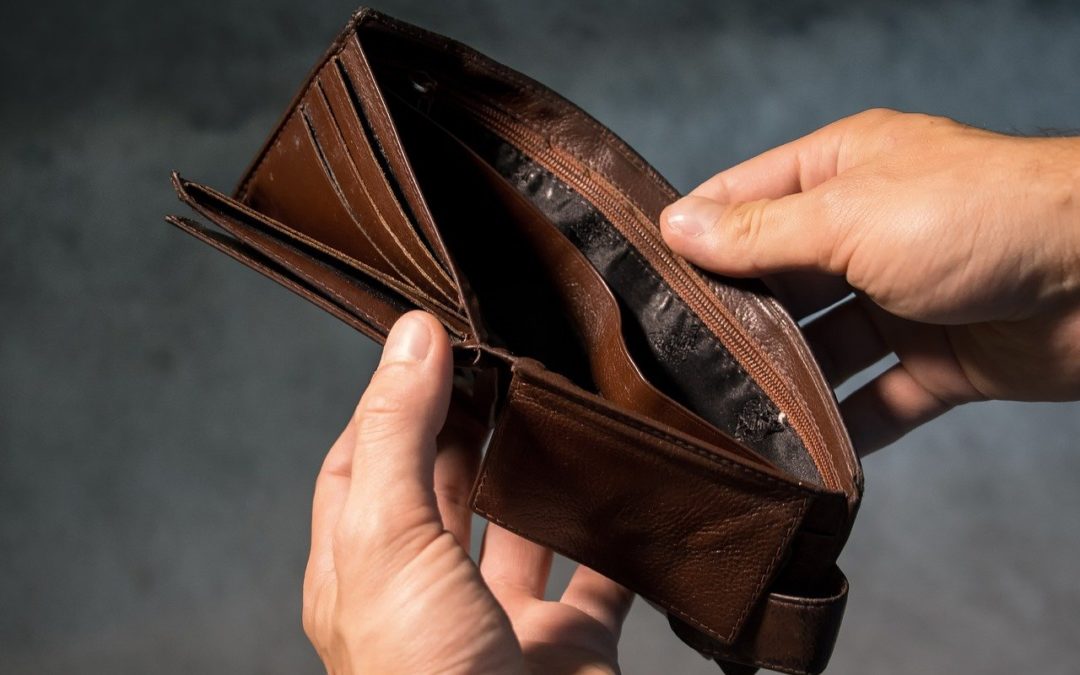You spend a lot of time earning money to buy food- and when that food is wasted you’re also losing money.
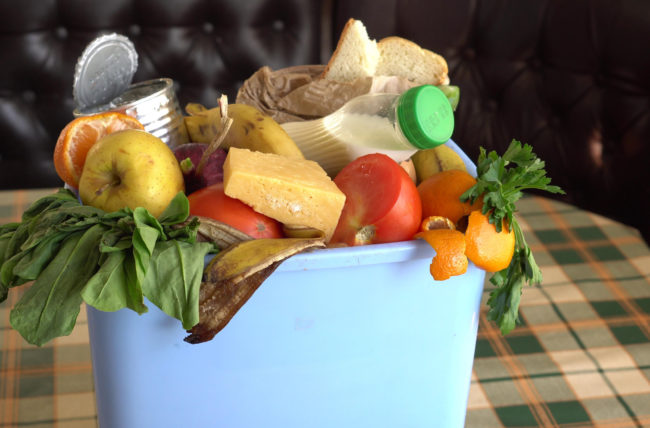
In the UK we throw away 9.5 million tonnes of food each year. As the waste food degrades in landfill sites it releases methane gas which contributes to global warming.
Even small changes in the amount each family throws away can make a big difference.
How to stop the waste
You can make a start by:
- Being careful with how much you buy
- Keeping an eye on use by dates
- Get savvy with using the freezer
And, with a little creativity and know-how you can use your leftovers to make delicious extras.
Get creative with your green trim
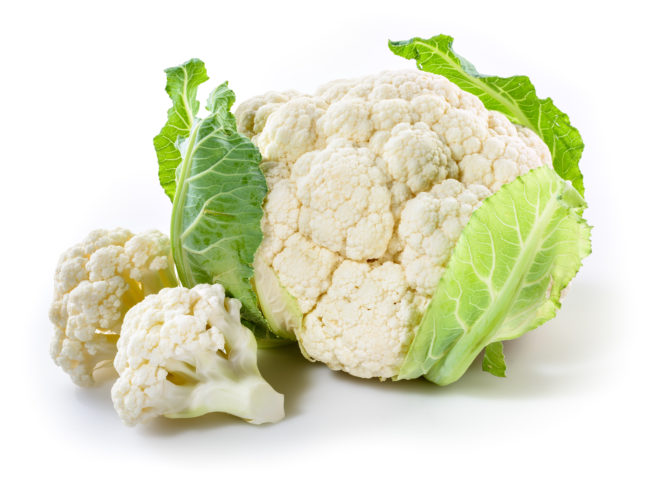
A large proportion of green vegetables are thrown away because we don’t know what to do with it.
- For example, the green part of a leek still tastes amazing. It simply needs to be well washed and cooked for a bit longer than the paler part.
- The outer leaves of cauliflower are gorgeous roasted in the oven for 5 minutes at 220C with a little oil and salt. They’re equally good shredded in a stir fry or added into a cauliflower cheese.
- Broccoli stalk is delicious sliced and pickled in a salad.
- In the restaurant all our green trim is saved. It is thinly sliced, and then turned in a beautifully vivid green soup. The finely chopped greens are sauteed in butter, then cooked in milk before being blended into a silky-smooth soup that’s chilled over ice. Everything from the outer leaves of cabbage to the trim from broccoli can feature in the soup. It simply depends what’s on the menu at the time.
Keep the peel
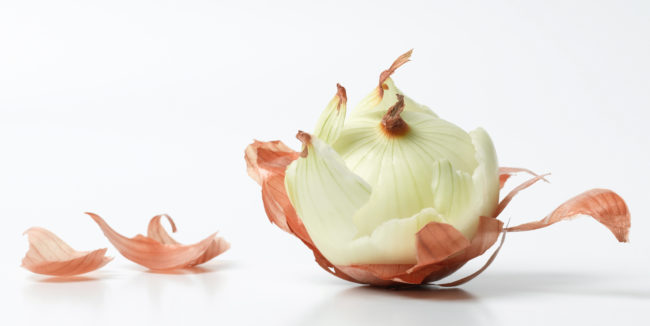
The peel from onions, garlic and shallots can be used to make a fragrant oil for dressing and cooking with. Simply save all your trimmings in a bag in the freezer until you have enough to fill a large saucepan. To make the oil, cover all the peelings with a neutral tasting oil such as rapeseed oil. Simmer over a very low heat for 2-3 hours. Allow to cool, then strain and decant into bottles. This oil is lovely for cooking with or as a base for a salad dressing, or a dip for bread.
Keep fresh spices and citrus in the freezer
Some of the most commonly wasted food items are wrinkled chillis, ginger and dried out citrus fruits. If you keep all these things in the freezer, you can grate them straight from frozen. This means you can easily portion half a chilli, or a little ginger without the rest going to waste. Once you have what you need simply return the item to the freezer ready to use again next time.
Have a go at preserving and fermenting
Gluts of fruit and vegetables can be turned into jams and chutneys or pickled. These make excellent presents.
- Cabbages and root vegetables like carrots and beetroot can be turned into kraut. Thinly slice or grate the vegetables, carefully weigh how much you have and sprinkle in 3% table salt by weight. Set the veg aside for an hour. Then massage it with the salt until it creates enough liquid to fully cover itself when put in a jar. Pack the vegetables and liquid into a Kilner jar ensuring they are fully submerged. Next, seal it and leave in a cool dark place to ferment for anything from a week to six weeks. It’s a good idea to open the jar once a week and have a taste to see how the flavour is developing. Once it’s reached a taste that you’re happy with, transfer it to the fridge.
- Softer fruits and vegetables can be fermented in a brine (salt dissolved in water). Once fermented, fruits and vegetables will keep for months in the fridge provided they stay in the fermentation liquid. On a dark winter’s day, it’s nice to have a splash of colour from some fermented rhubarb or the zing of a preserved plum to remind you summer is not far away.
If all else fails, make a cake
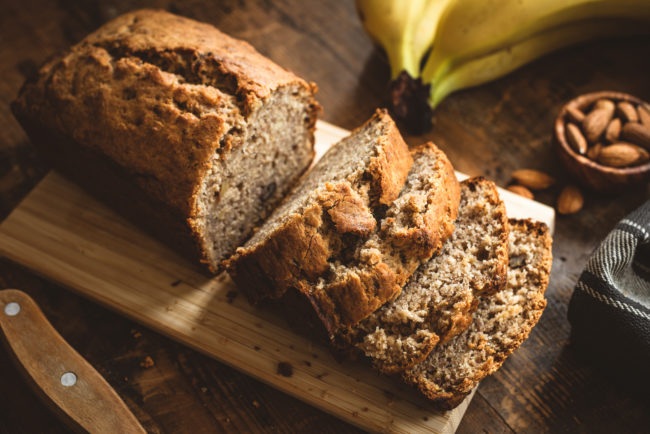
Over ripe fruit and vegetables that have gone a bit soft like carrots and courgettes are perfect for baking. Many other fruits and vegetables can also be pureed or grated and added into sweet loaves, cakes, muffins and cookies. Think banana bread, courgette and lime loaf cake, apple sauce muffins and carrot cake cookies!
Buy whole animals where you can
At the restaurant, wherever possible we try to buy whole animals from the farmer or hunter. Whilst we understand buying a whole deer or sheep just isn’t practical for most families you can still reduce food waste by opting to buy a whole bird instead of just the breasts. A whole chicken can easily be turned into two to three meals making it a cheaper option than buying the individual cuts.
Don’t forget the garden
Some items of food waste can make excellent additions to your garden or allotment:
- Crushed eggshells make an excellent slug and snail deterrent around young plants, or they can be dug into the soil to add vital nutrients for seedlings.
- Coffee grounds can be added to soil to create a nitrogen rich environment loved by plants such as onions and salad leaves.
And of course, anything you really can’t find an edible use for can be used to start a compost heap. Unlike in a landfill site, food decomposing in a compost heap doesn’t produce greenhouse gases so it’s a much better choice than putting food in the bin.
Holly Taylor and Toby Geneen are the founders of Kindling Restaurant in Brighton. Kindling is featured in the Michelin Guide and is a member of the Sustainable Restaurants Association.




